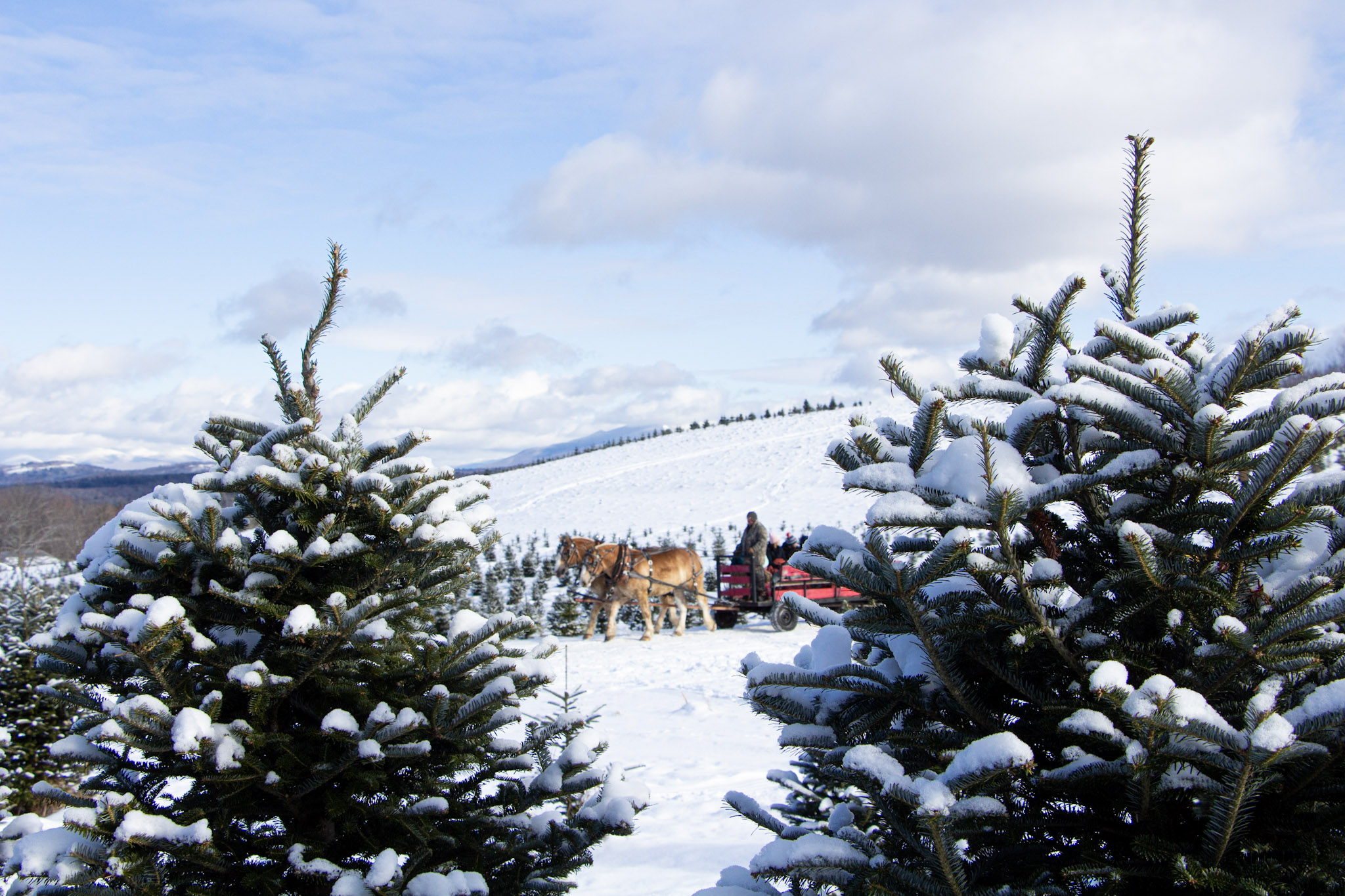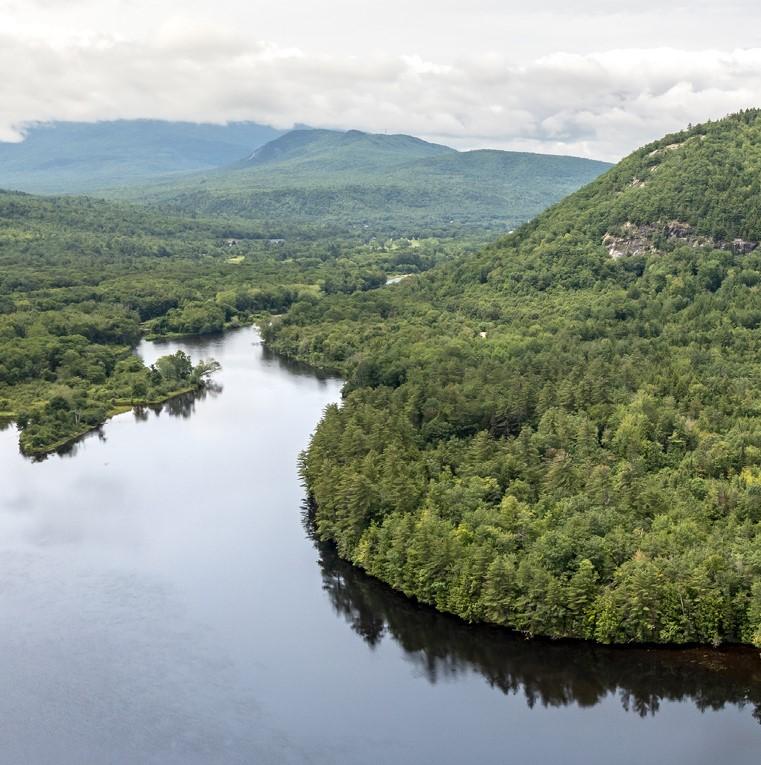A new report from eight environmental and conservation groups maintains that open space contributes more than $8 billion annually in economic output in New Hampshire through its connection to forestry, agriculture, tourism and outdoor recreation.
Contributors ranged from the New Hampshire Association of Conservation Commissions and the New Hampshire Audubon Society to the Society for the Protection of New Hampshire Forests and the New Hampshire Timberland Owners Association.
“This report highlight that the benefits open space provides in New Hampshire are many and varied,” said Matt Leahy public policy manager with the forest society, Tuesday during a briefing with the Senate Energy and Natural Resources Committee.
Primrose Research Group, a Portland, Maine-based firm, authored it.
“Open space can make communities healthier and more resilient by protecting drinking water, preventing and controlling floods, providing drought resistance, naturally moderating temperatures, sequestering carbon dioxide in trees and improving air quality,” the report said.
Senate Deputy Democratic Leader Cindy Rosenwald of Nashua noted more than 70% of the state is forested and keeping it that way attracts more tourists to come and young people to want to locate here.
One thing these groups all have in common is support for the state’s Current Use program that allows private property owners to have their land assessed at below market value, and pay much less in local taxes, as long as they agree to not develop it.
Landowners can receive an additional 20% reduction from this current use assessment if they allow hunting, fishing, hiking, nature observation, skiing, and snowshoeing on the property.
The report also notes the preservation of wetlands helps control damages from floods.
One challenge facing the preservation of open space, the report said, is that New Hampshire loses nearly 5,000 acres of forestland to development annually.
Over the past 20 years, the state has lost 28,000 acres of farmland even though it’s gained 586 farms during that time. That’s because the size of the average farm dropped from 132 to 105 acres apiece, the report added.
According to the report, the economic impacts from open space included:
• Forest Industry: $2.5 billion, 12,800 jobs and nearly $700 million in annual wages;
• Recreation: Hunting, fishing and wildlife watching attracts 2.4 million residents who spend $5.2 billion and,
• Farming: $514 million in annual output with 7,940 jobs and $181 million in annual wages.

